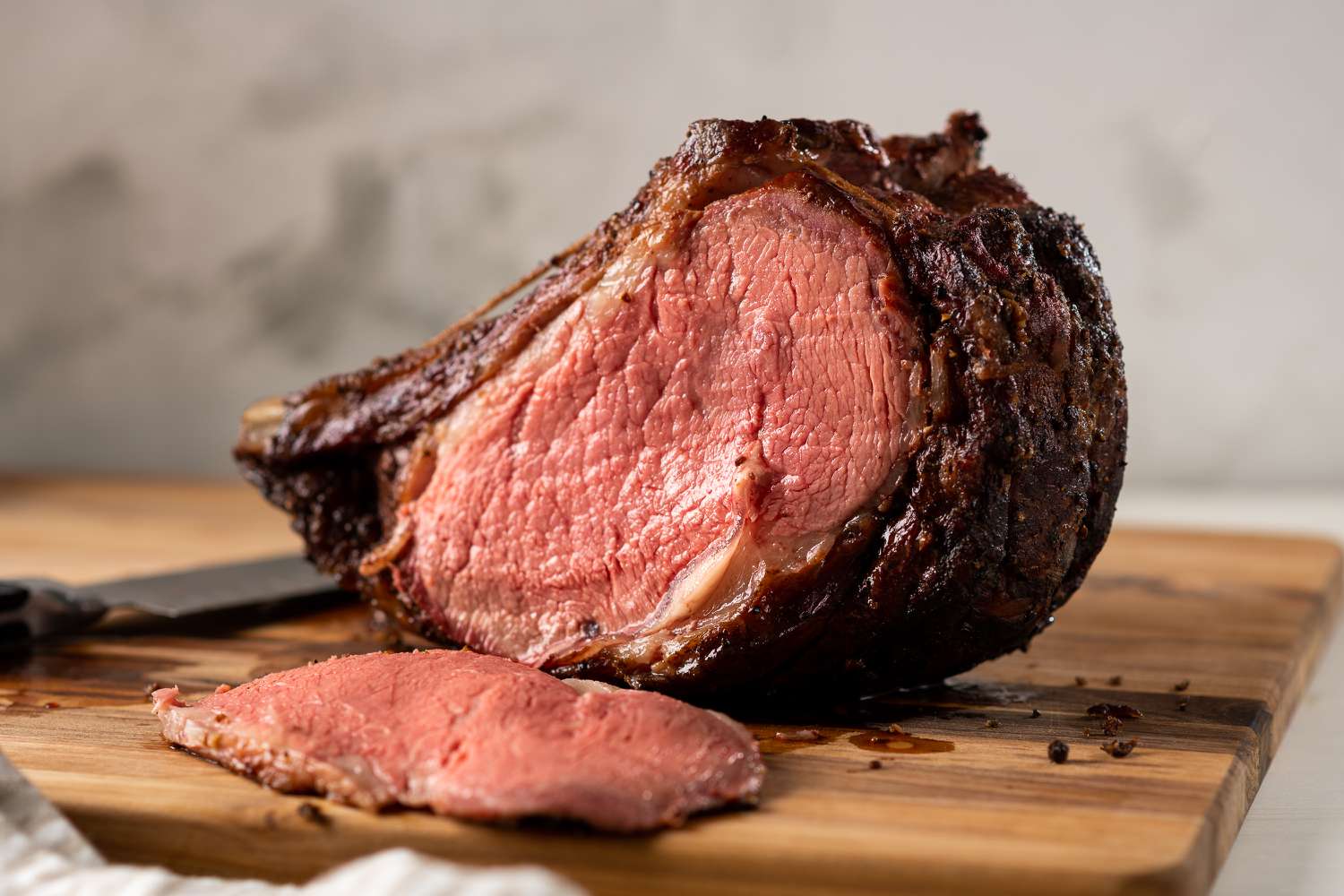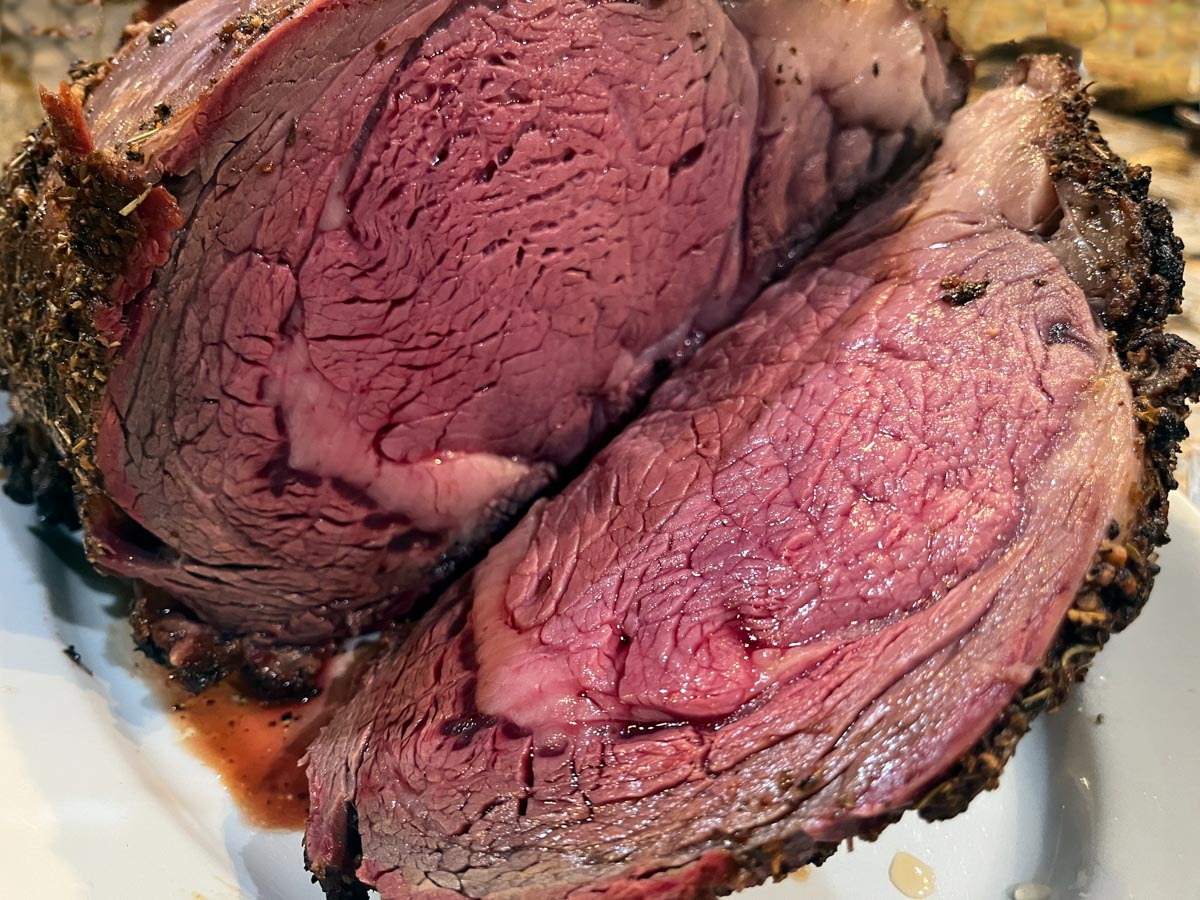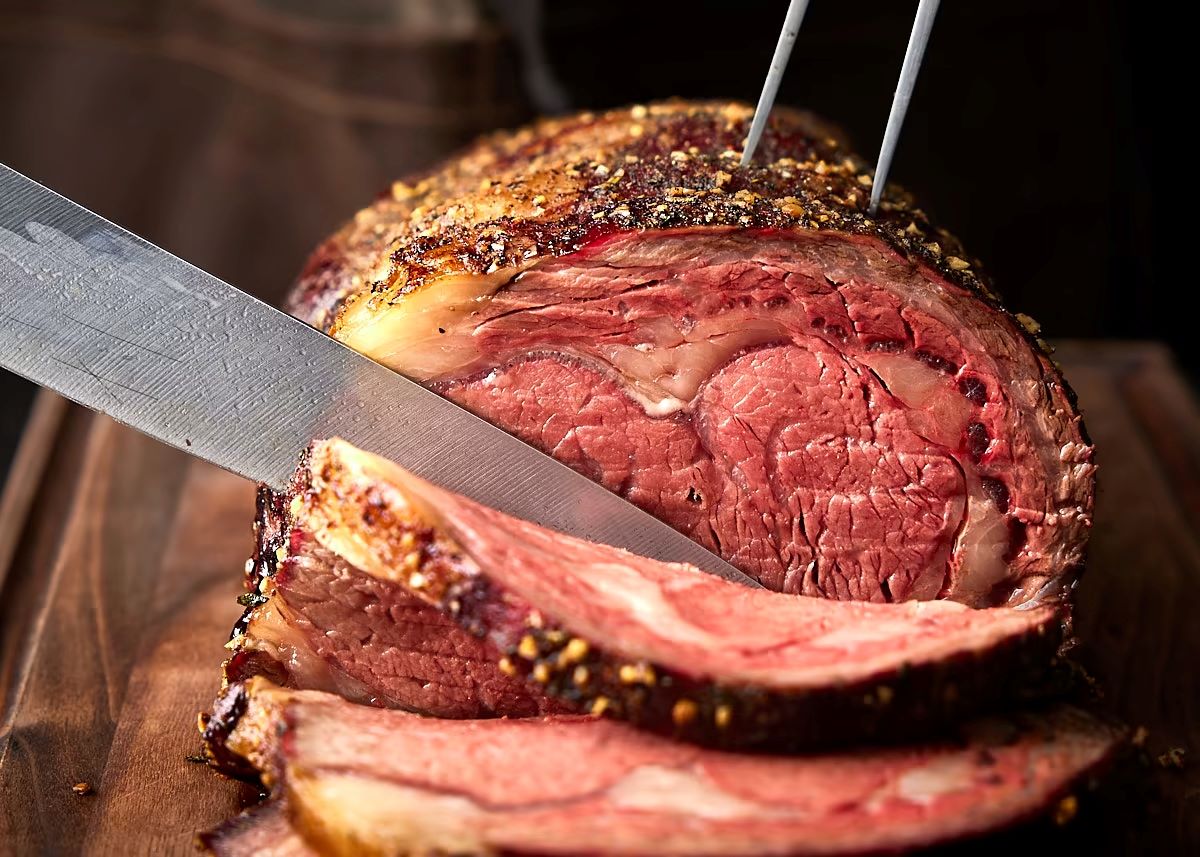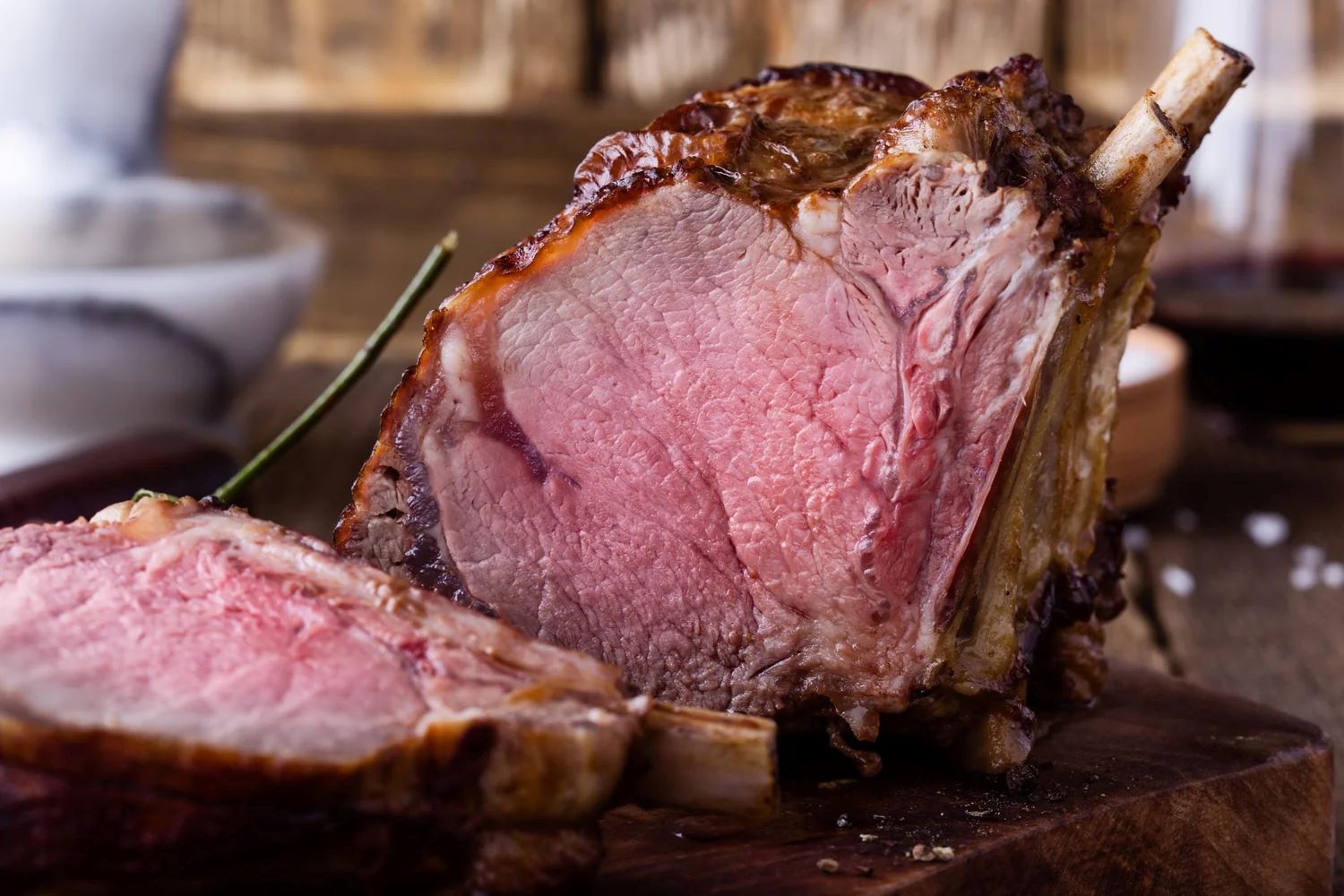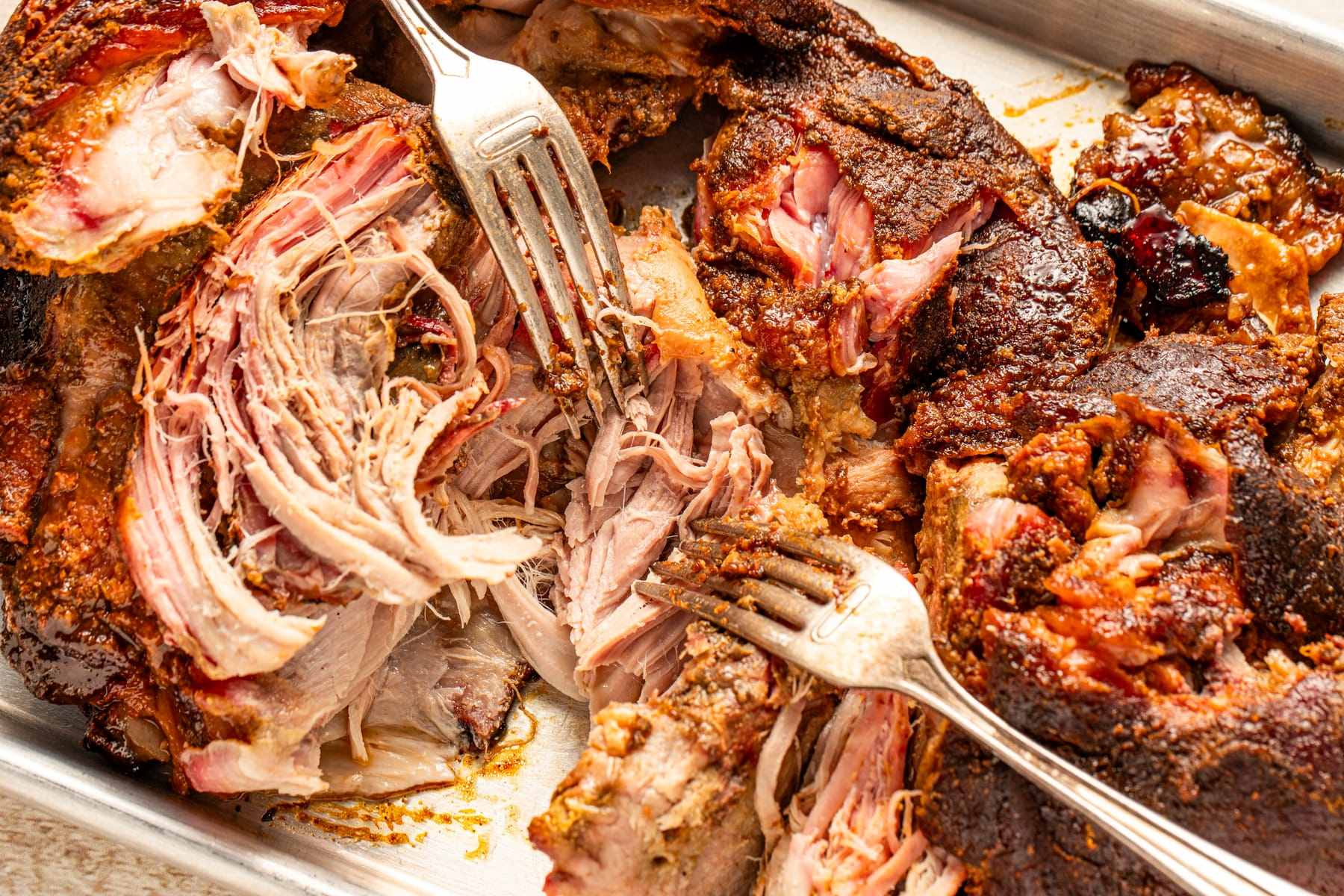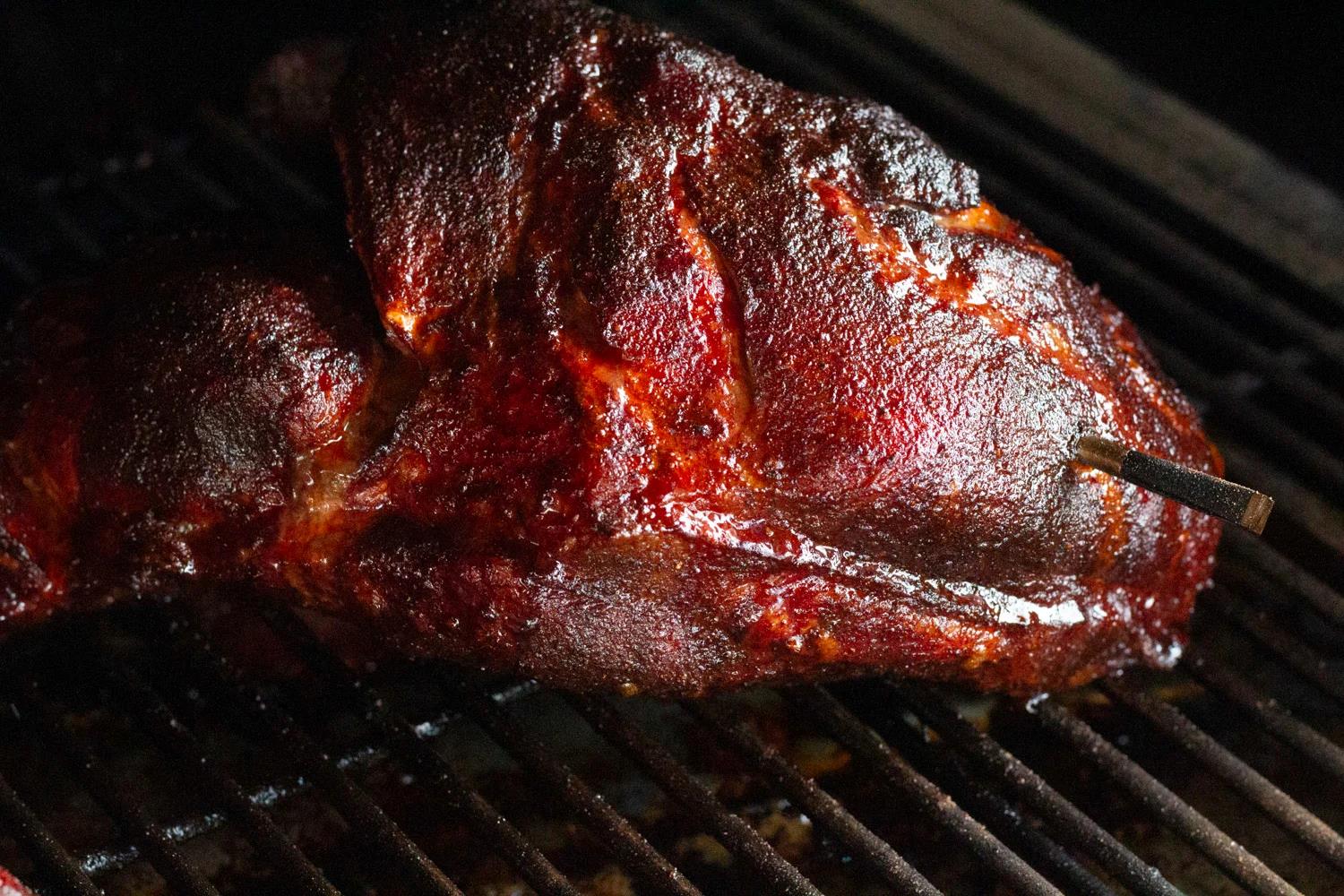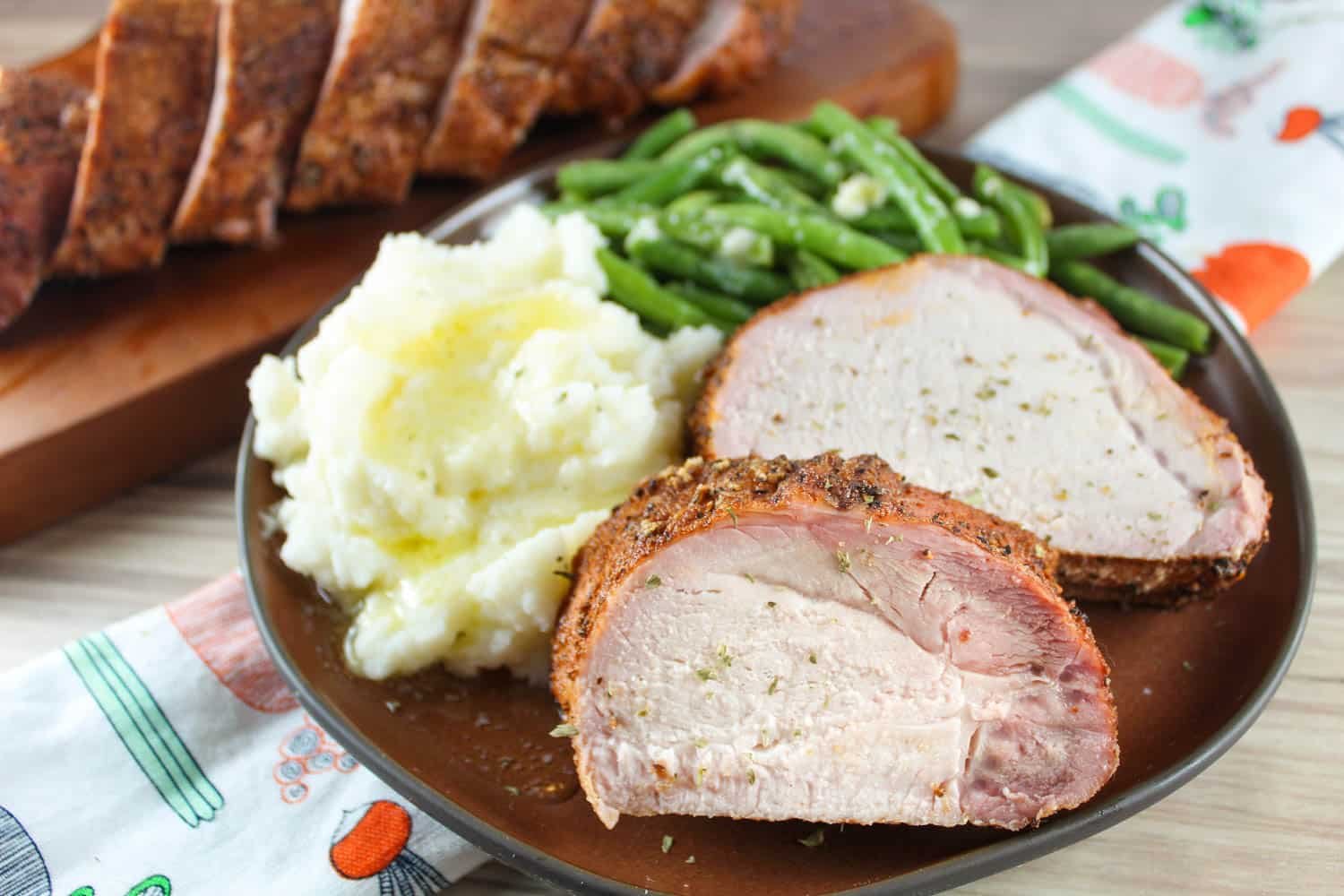Smoking Beef Ribs on a Pellet Grill: A Delicious and Flavorful Experience
Welcome to the wonderful world of smoking beef ribs on a pellet grill! If you’re a fan of tender, juicy, and flavorful ribs, then you’re in for a treat. Smoking beef ribs on a pellet grill is a fantastic way to infuse rich, smoky flavor into the meat while keeping it incredibly moist and tender. Whether you’re a seasoned pitmaster or a novice griller, this guide will walk you through the steps to achieve mouthwatering beef ribs that will have your friends and family coming back for more.
Choosing the Right Beef Ribs
Before you fire up your pellet grill, it’s important to select the right beef ribs for smoking. When it comes to beef ribs, you have a few options:
- Beef Back Ribs: These are cut from the prime rib and are known for their rich marbling and meaty flavor.
- Beef Short Ribs: These are cut from the plate and are known for their intense beefy flavor and generous marbling.
Both types of beef ribs are excellent choices for smoking, so feel free to choose the one that appeals to your taste preferences.
Preparing the Beef Ribs
Once you’ve selected your beef ribs, it’s time to prepare them for the smoker. Follow these simple steps to get your ribs ready for the flavorful journey ahead:
- Trimming: Remove any excess fat from the surface of the ribs, leaving behind a thin layer to add flavor and moisture during the smoking process.
- Seasoning: Generously season the ribs with your favorite dry rub or spice blend. This is where you can get creative and tailor the flavor profile to your liking.
Allow the seasoned ribs to sit at room temperature for about 30 minutes while you preheat your pellet grill to the optimal smoking temperature of 225-250°F.
Smoking the Beef Ribs
Now comes the exciting part – firing up the pellet grill and getting those beef ribs on the smoker. Follow these steps to ensure a successful smoking session:
- Smoke Flavor: Choose your favorite wood pellets to impart a distinct smoky flavor to the ribs. Hickory, oak, or mesquite are popular choices for beef ribs.
- Placement: Once the grill is preheated, place the seasoned beef ribs directly on the grill grates, ensuring they are evenly spaced for proper airflow and smoke circulation.
- Patience: Close the lid and let the magic happen. Depending on the size of the beef ribs, they will need to smoke for 4-6 hours, or until they reach the desired level of tenderness.
Finishing Touches
As the beef ribs smoke to perfection, you can take this time to prepare any accompanying side dishes or sauces to complement the star of the show. Once the ribs have achieved a beautiful mahogany color and a tantalizing aroma fills the air, it’s time to remove them from the pellet grill and let them rest for a few minutes before slicing and serving.
Whether you prefer a classic barbecue sauce glaze or enjoy the natural flavors of perfectly smoked beef ribs, this is your chance to add the finishing touches and make the dish your own.
Enjoying the Fruits of Your Labor
Once the beef ribs are sliced and plated, it’s time to savor the fruits of your labor. Sink your teeth into the tender, smoky meat and relish in the rich flavors that only a pellet grill can deliver. Whether you’re enjoying a backyard barbecue with friends or treating your family to a special meal, smoking beef ribs on a pellet grill is an experience that never fails to impress.
So, there you have it – a beginner-friendly guide to smoking beef ribs on a pellet grill. With the right preparation, a bit of patience, and a love for delicious barbecue, you can master the art of smoking beef ribs and create unforgettable meals for all to enjoy.
Was this page helpful?
Read Next: How To Smoke Plate Ribs




